The Unique Features of the Lutino Cockatiel Species
Explore the captivating features of Lutino Cockatiels, from their bright plumage to their distinct personalities. Uncover the beauty of this species.
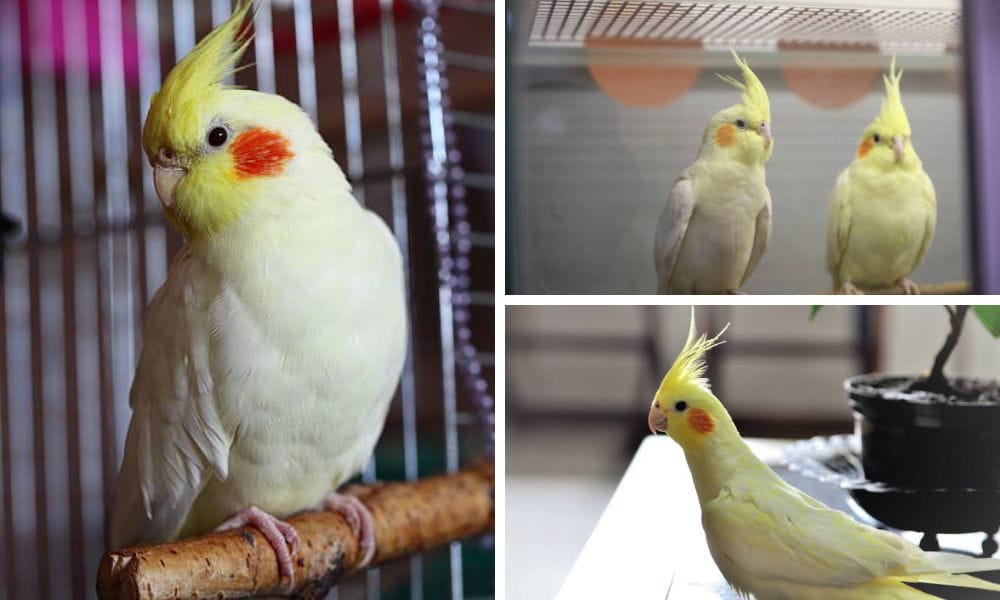
Key Takeaways:
- Lutino cockatiels are known for their striking white plumage and red eyes, a result of the lutino mutation.
- These birds are social and intelligent, making them ideal pets for first-time bird owners.
- Proper care, including a balanced diet and enrichment, is essential for maintaining a healthy lutino cockatiel.
Lutino cockatiels are a captivating variety of one of the most beloved pet birds in the world. With their distinctive white and yellow feathers and bright red eyes, they stand out in the avian world. This article will delve into the unique features of the lutino cockatiel species, exploring their origins, care requirements, and why they make such wonderful companions.
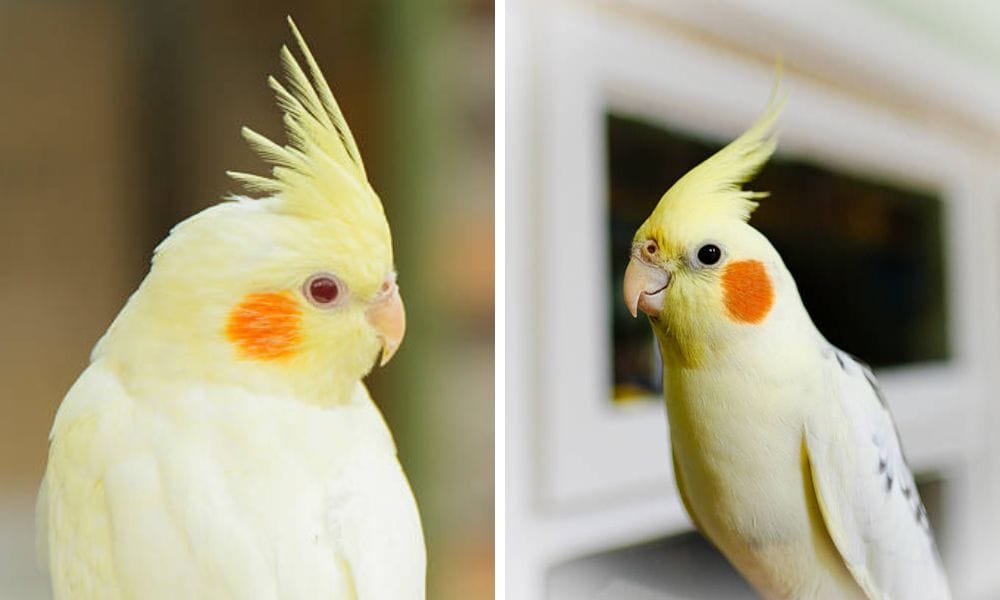
The Lutino Mutation: A Genetic Marvel
The lutino cockatiel is not a species in its own right but a color mutation of the common cockatiel. The lutino gene is responsible for this second cockatiel mutation, which emerged in aviculture in the 1950s. Cliff Barringer is credited with breeding the first lutino cockatiel, and since then, these birds have become a staple in the pet trade. The lutino mutation causes a lack of melanin, resulting in the bird's white plumage and characteristic red eyes, which are often mistaken for signs of albinism. However, unlike true albinos, lutino cockatiels still retain some pigmentation, which is evident in their yellow coloring.
Male lutino cockatiels and females can be distinguished by subtle differences in their markings. Males tend to have a brighter yellow crest and are more likely to whistle and talk. In contrast, females often display a barred pattern on the underside of their tail feathers. These variations are not always obvious, especially in younger birds, but become more pronounced as they mature.
Social and Intelligent: The Perfect Pet
Lutino cockatiels are renowned for their inquisitive and friendly nature, making them an excellent choice for a first-time bird owner. They thrive on social interaction, whether with their human family or other parrots. When considering adding a second cockatiel mutation to your family, it's important to introduce the birds gradually to ensure compatibility. Lutino cockatiels are smaller birds, so they can be intimidated by larger parrot species. However, they often get along well with other cockatiels and similar-sized birds.
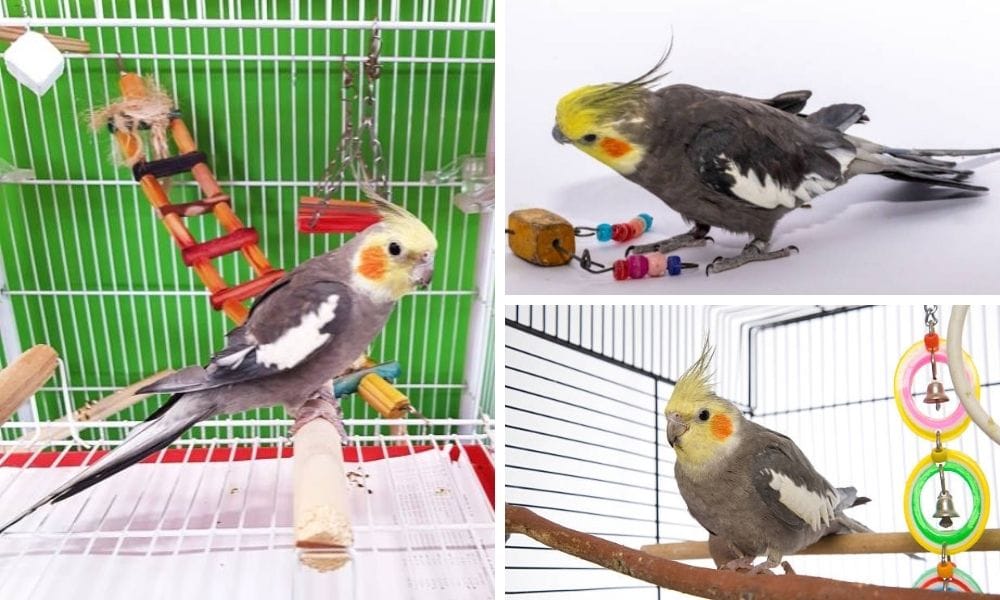
Their intelligence is another reason why lutino cockatiels are such popular pets. They are capable of learning a variety of tricks and commands, and with regular training sessions, they can learn to perform entertaining behaviors. Owners should provide a variety of toys, such as bells and chewable items, to keep these birds engaged and mentally stimulated. Lutino cockatiels are also known for their vocal abilities; they can mimic sounds and, with patience, can be taught to whistle tunes or even say a few words.
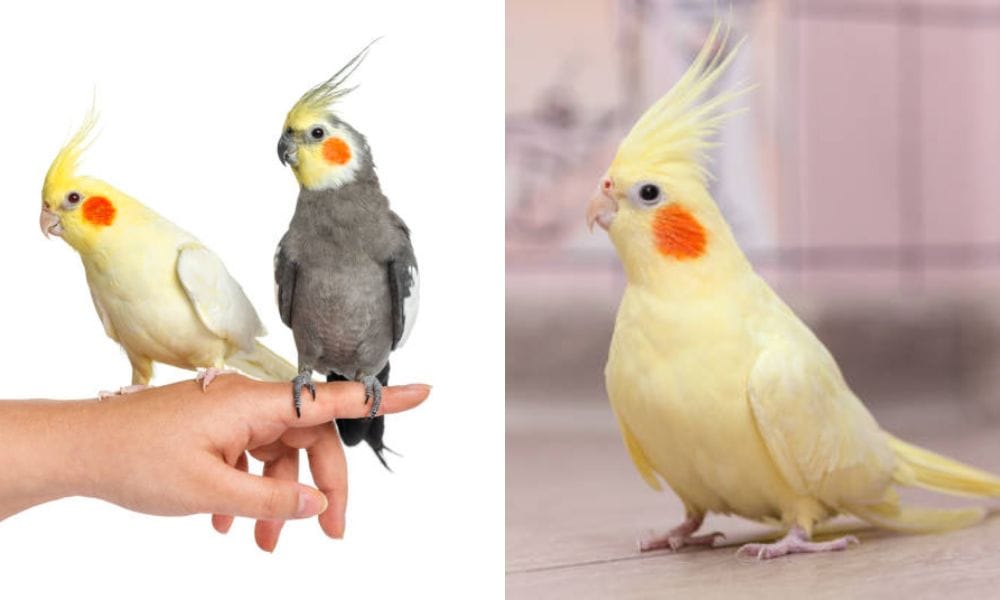
The Ideal First Time Bird Owner Companion
Lutino cockatiels are often recommended for first-time bird owners due to their friendly and manageable nature. These birds are known for their affectionate behavior, making them excellent companions. They are relatively easy to care for, which is a significant sign for those who are new to bird keeping. Unlike some wild bird species that require extensive knowledge and experience, Lutino cockatiels offer a gentle introduction to the world of aviculture. Their chirping is melodious but not overwhelmingly loud, and they can be quite content with the basic necessities of a clean cage, a balanced diet, and regular interaction.
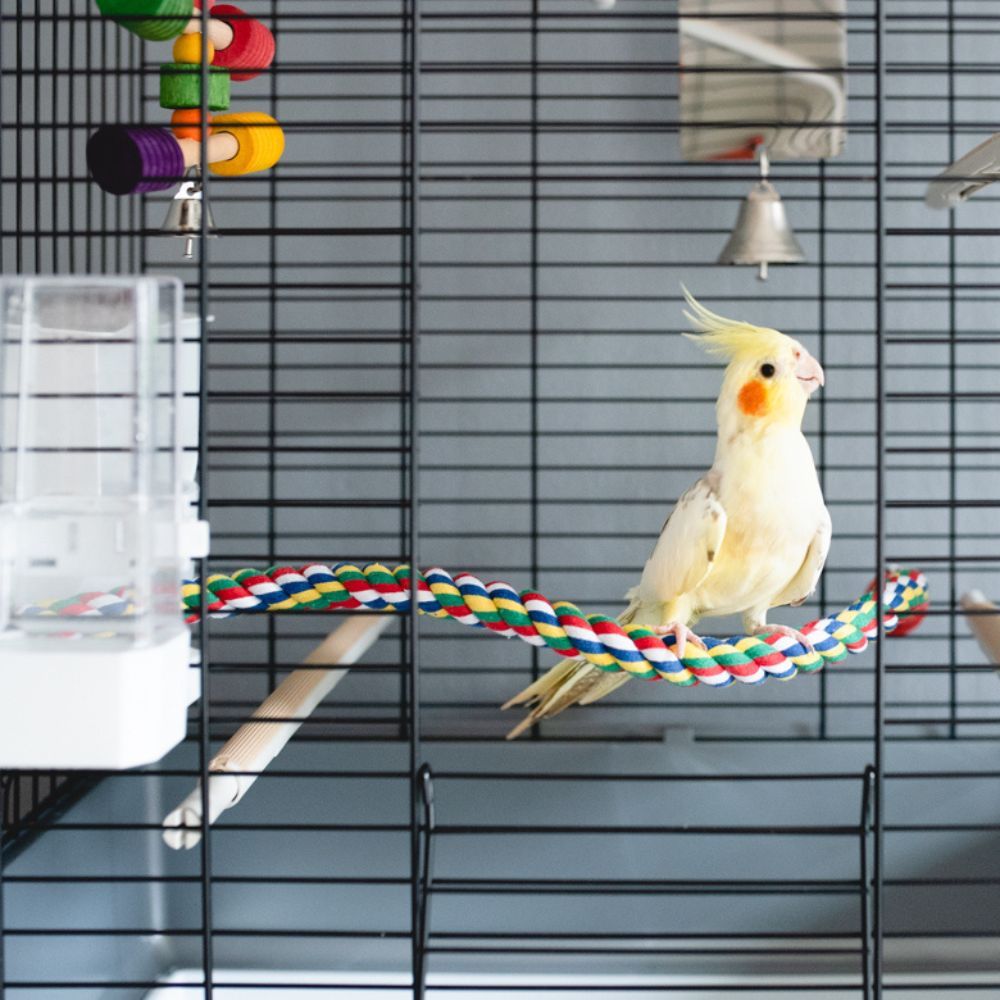
For those considering a Lutino cockatiel as their first pet bird, it's important to understand that while they are hardy, they do have specific dietary needs. A diet rich in fruits, vegetables, and high-quality seed mix is essential for their health. Additionally, these birds enjoy social interaction, so spending time each day with your feathered friend is crucial. Training a Lutino cockatiel can be a rewarding experience, as they are intelligent and can learn a variety of tricks and commands within a few weeks. Their eagerness to interact and please their owners makes them a joy to train.
Understanding Lutino Cockatiel Variations
The Lutino cockatiel is a beautiful variation of the standard grey cockatiel, distinguished by its stunning white and yellow plumage and striking orange cheek patches. However, many people confuse the Lutino with the albino cockatiel, which is actually a whiteface mutation that lacks the yellow pigment and orange cheek patches, resulting in a bird with pure white feathers and red eyes. The difference between these two is quite noticeable upon closer inspection. While the Lutino retains the charming orange spots, the albino's features are more subdued, offering a different aesthetic appeal.
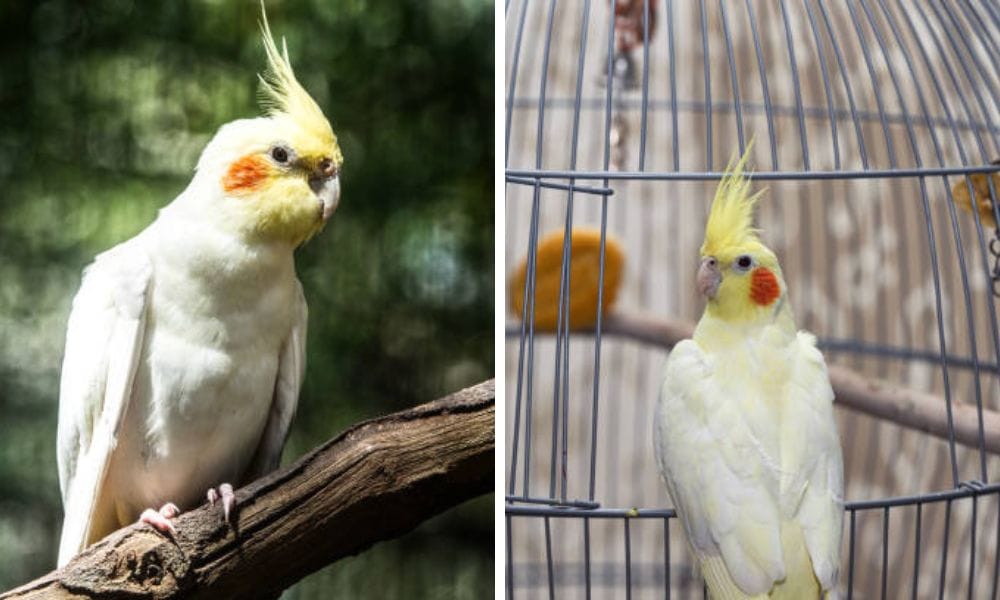
Another rare variation is the whiteface Lutino, sometimes referred to as the 'albino' cockatiel due to its lack of the typical Lutino yellow pigment and orange cheeks. This breed showcases a stunning contrast of pure white feathers against the dark eyes, which is quite different from the red eyes seen in true albinos. It's fascinating to observe the genetic diversity within the species, and for breeders, the challenge of producing such rare variations can be an exciting endeavor. Whether you're a breeder or simply an admirer, understanding these subtle differences can enhance your appreciation for the Lutino cockatiel and its captivating mutations.
Caring for Your Lutino Cockatiel
A healthy lutino cockatiel requires a balanced diet consisting of seeds, pellets, and a mix of fruits and vegetables. Foods like leafy greens, carrots, and apples are excellent choices, but it's important to research which foods are safe as some can be toxic to birds. Fresh water should be available at all times, and food dishes should be cleaned regularly to prevent the growth of bacteria.
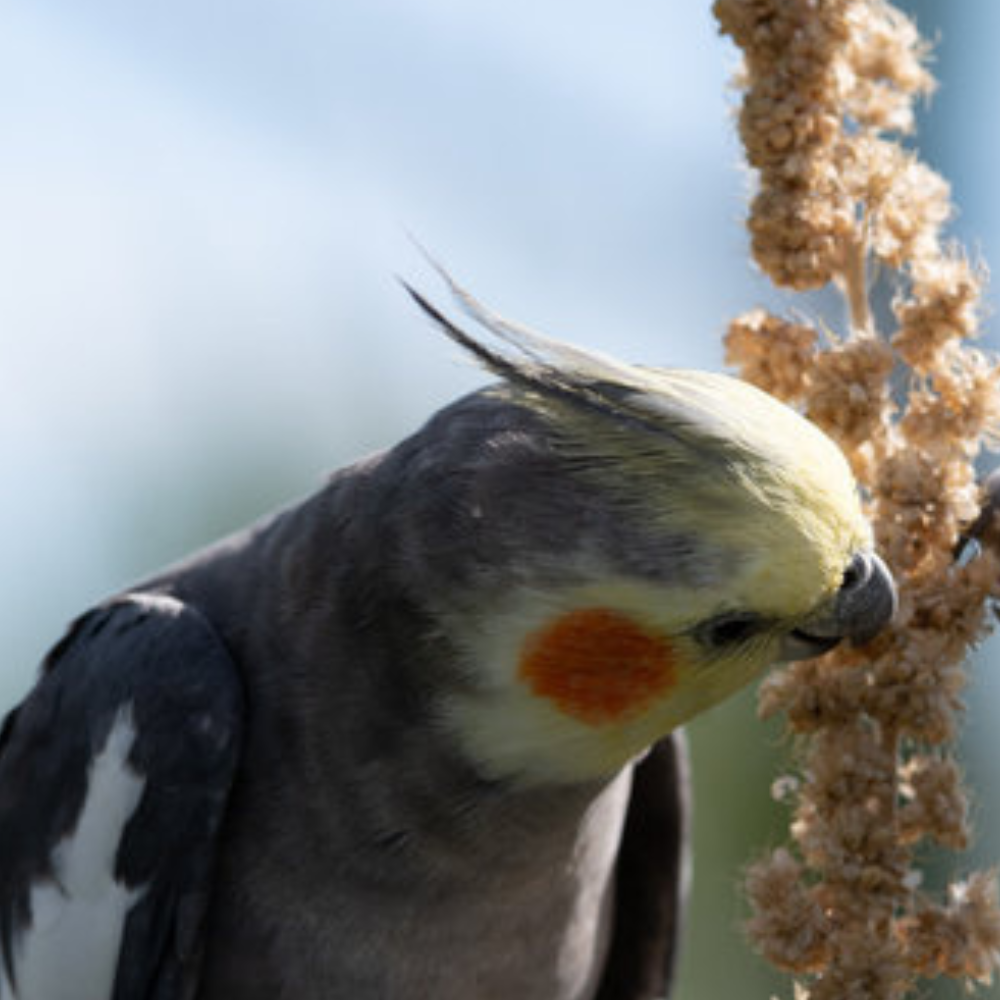
The cage for a lutino cockatiel should be spacious enough to allow for wings to be fully extended and for the bird to move around freely. Perches of varying diameters are essential for foot health, and the cage should be placed in a part of the home where the bird can watch and be interested in daily activities. Lutino cockatiels enjoy being part of the family and will often chirp along with household noises.
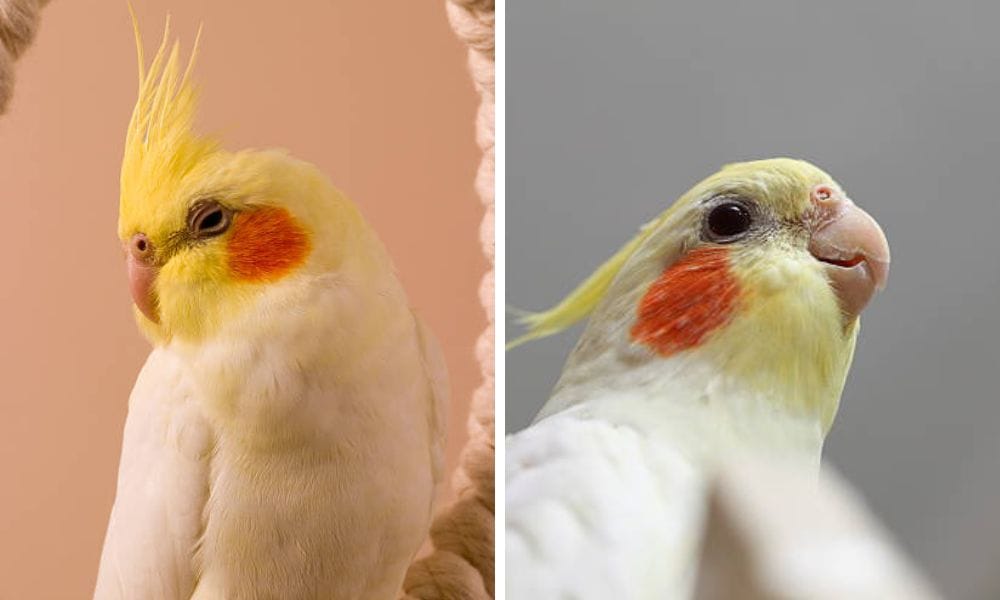
Breeding Lutino Cockatiels
Breeding lutino cockatiels can be a rewarding experience, but it requires a commitment to providing the right environment and care. A nest box should be provided for the female to lay her eggs, and the breeding pair should be fed a diet rich in calcium and other nutrients to ensure the health of the chicks. It's important to note that lutino cockatiels can be bred with other color mutations, such as pied, cinnamon, or pearl, resulting in a variety of offspring colors.
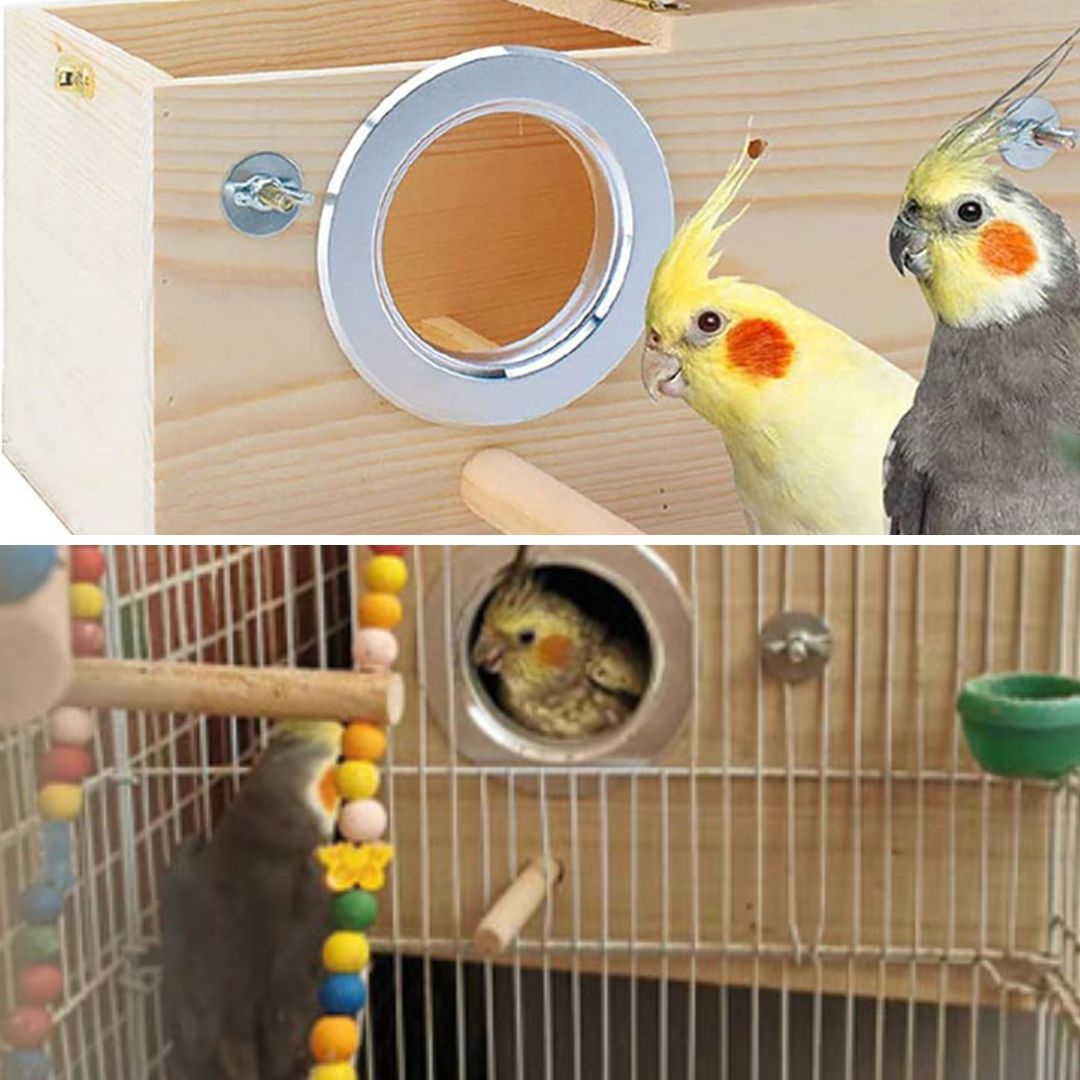
When breeding lutino cockatiels, it's crucial to be aware of the potential for genetic issues. The lutino gene is linked to the sex chromosomes, making it more common for females to exhibit the lutino coloration. Breeding two lutinos can increase the likelihood of health problems, so it's often recommended to pair a lutino with a cockatiel of a different mutation.
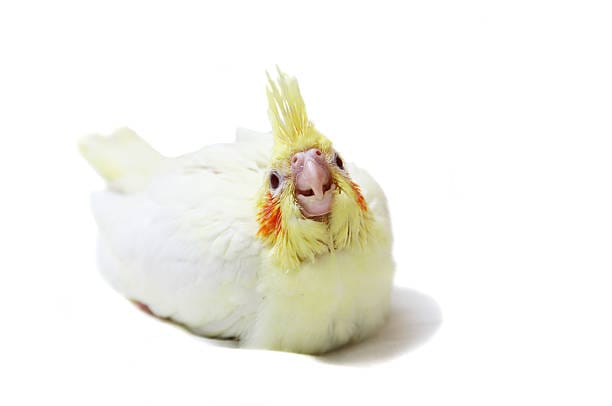
Summary
Lutino cockatiels are a stunning and endearing variety of cockatiel that have captured the hearts of bird enthusiasts around the world. Their unique white and yellow plumage, red eyes, and friendly disposition make them a favorite among pet owners. With proper care, including a nutritious diet, a suitable living environment, and plenty of social interaction, lutino cockatiels can live long, happy lives as part of the family. Whether you're a seasoned aviculturist or a first-time bird owner, the lutino cockatiel is a species that is sure to bring joy and companionship.
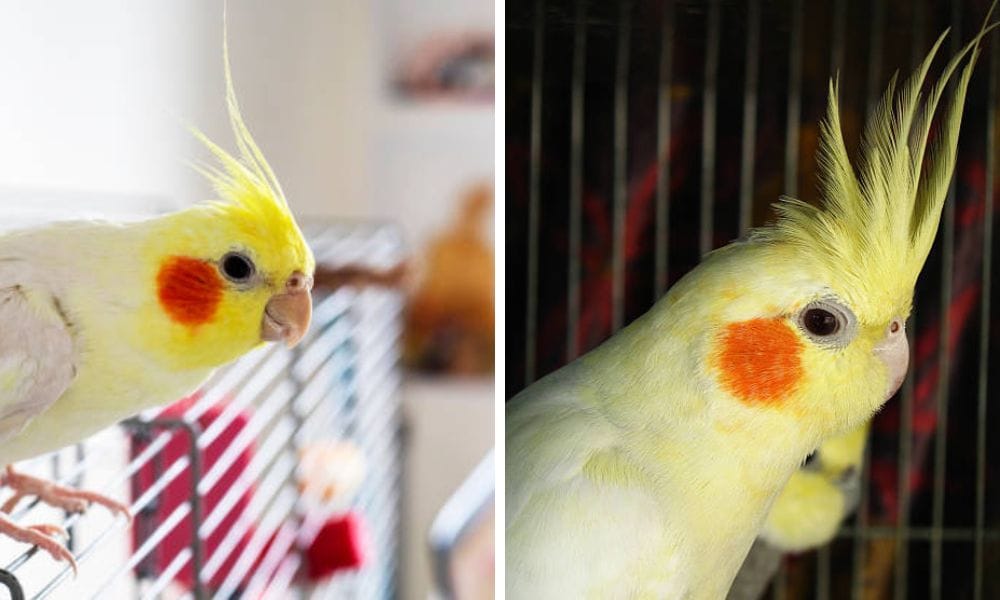
FAQ Section
Q: How can I tell if my lutino cockatiel is male or female? A: Male lutino cockatiels typically have a brighter yellow crest and are more vocal, often whistling and attempting to talk. Females may have a barred pattern on the underside of their tail feathers. These differences become more noticeable as the birds mature.
Q: What should I feed my lutino cockatiel? A: Lutino cockatiels should have a balanced diet that includes a mix of seeds, pellets, and fresh fruits and vegetables. Avoid foods that are toxic to birds, and ensure they have access to fresh water at all times.
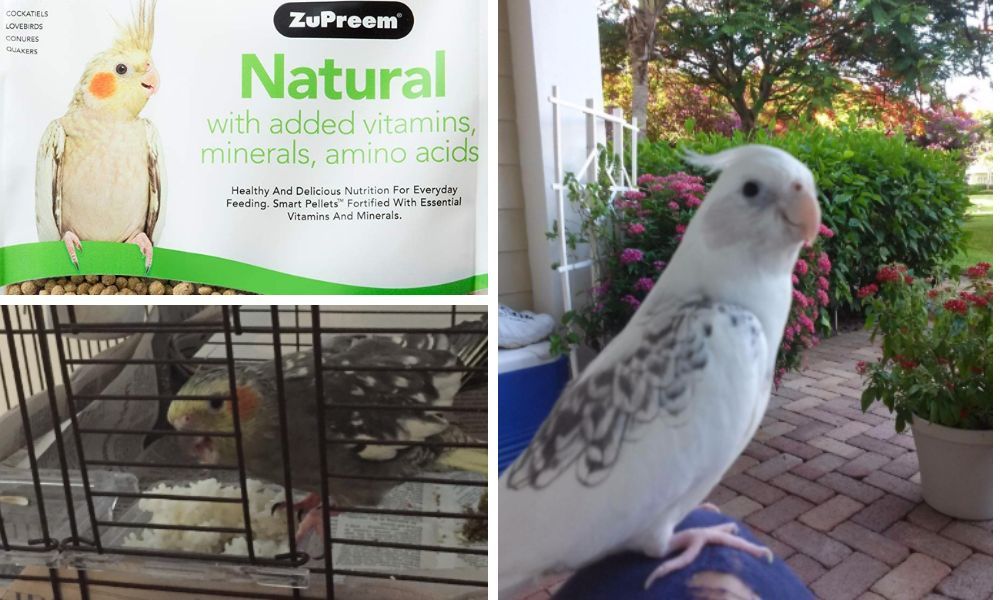
Q: Can lutino cockatiels be bred with other color mutations? A: Yes, lutino cockatiels can be bred with other color mutations, such as pied, cinnamon, or pearl. This can result in a variety of offspring colors. However, care should be taken to avoid potential genetic issues by not breeding two lutinos together.

